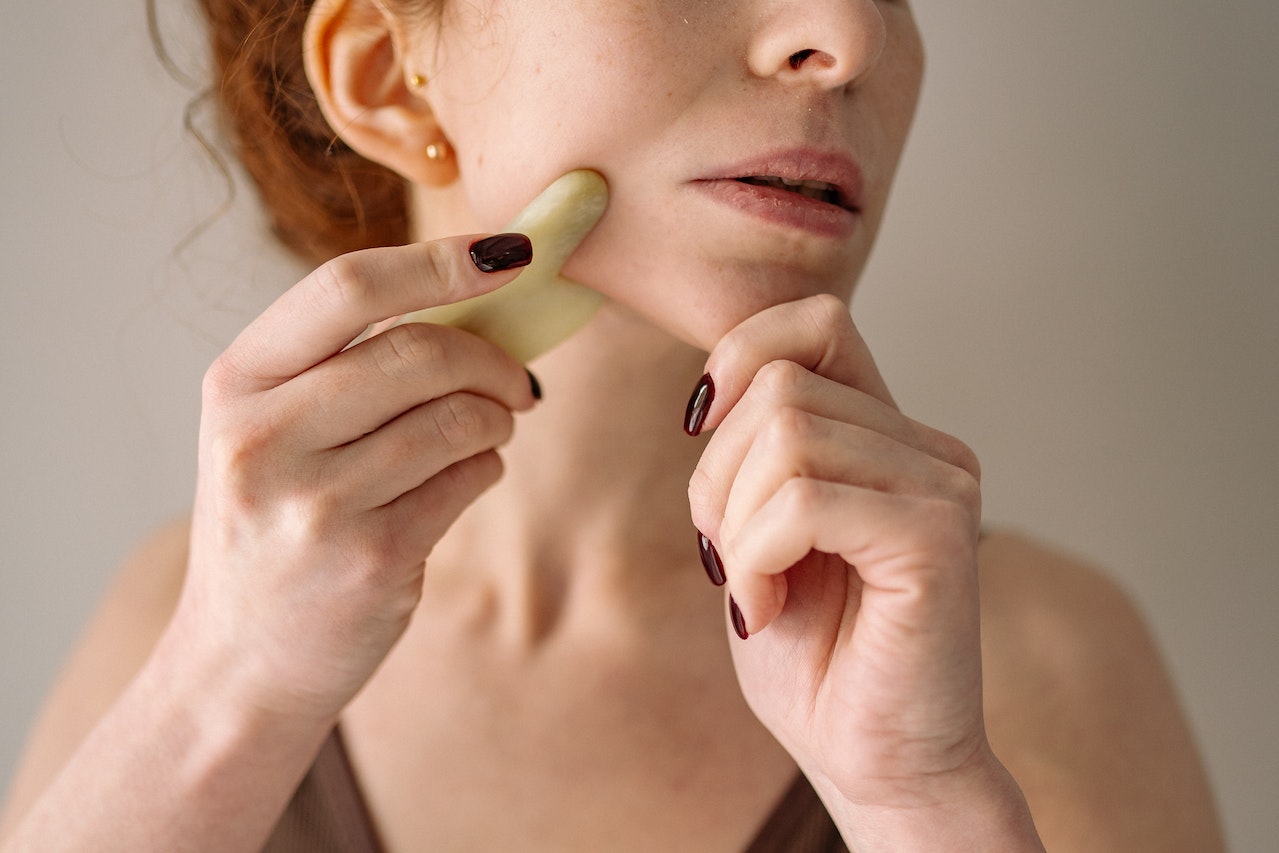5 Key Points of the Gua Sha Technique

Gua sha is a traditional Chinese medical practice that involves the use of a smooth-edged tool to scrape the skin in long strokes. The practice has been used for thousands of years to treat a variety of conditions, including pain, inflammation, and respiratory disorders. There are key points to keep in mind to ensure the correct technique is used to achieve the best results. In this article, we'll explore five key points of the gua sha technique to help you get the most out of your practice.
1. Sha Appearance is not Necessary for Efficacy
One of the most common misconceptions about gua sha is that the appearance of sha (redness or bruising on the skin) is necessary for the technique to be effective. While sha may appear during a gua sha session, it is not a sign of efficacy. In fact, some people may not experience sha at all, even though the technique is still effective in promoting circulation and reducing pain and inflammation.
It is important to note that overusing gua sha can consume defensive qi and damage soft tissue. This means that it is essential to follow the recommended guidelines for frequency and duration of gua sha sessions to avoid potential harm.
2. Alternate Scraping Acupoints and Holographic Zones
When performing gua sha, it is important to avoid continuous scraping over large areas or periods of time. Instead, use gua sha to treat one condition at a time and alternate scraping acupoints and holographic zones. Acupoints are specific points on the body that are believed to regulate the flow of energy (qi) in the body. Holographic zones, on the other hand, are areas of the body that correspond to specific organs or systems.
When scraping holographic zones only, limit to 2-3 zones each time. By alternating between acupoints and holographic zones, you can promote overall balance and wellness in the body.
3. Protect Treated Areas from Wind
After a gua sha session, it is important to avoid contact with wind and keep the treated areas warm. This is particularly important in the winter months, as exposure to cold air can cause the blood vessels to contract, slowing down the healing process. Covering the areas that were treated with a scarf or other clothing item can help protect them from wind exposure.
If you have had gua sha performed on your face, it is recommended that you wait at least 30 minutes before going outdoors to allow the skin to recover fully.
4. Replenish Body Fluids After Each Session
Gua sha can be a powerful technique for promoting circulation and stimulating the body's natural healing processes. However, it is important to remember that the process also involves the release of toxins and metabolites from the body. To promote the excretion of these substances and replenish body fluids, it is recommended that you drink a cup of hot water after each gua sha session.
This simple step can help to flush out toxins and promote overall wellness, making it an important part of any gua sha practice.
5. Wait 3 Hours Before Showering
After a gua sha treatment, it is recommended that you wait at least three hours before showering. This allows the body to fully absorb the benefits of the treatment and avoid any potential negative effects from exposure to hot water or other harsh elements.
It is also important to note that if you have had gua sha performed on your face, you should avoid washing your face for at least three hours after the treatment to allow the skin to fully recover.
Gua sha is a powerful technique that can be used to promote circulation, reduce pain and inflammation, and support overall wellness.


